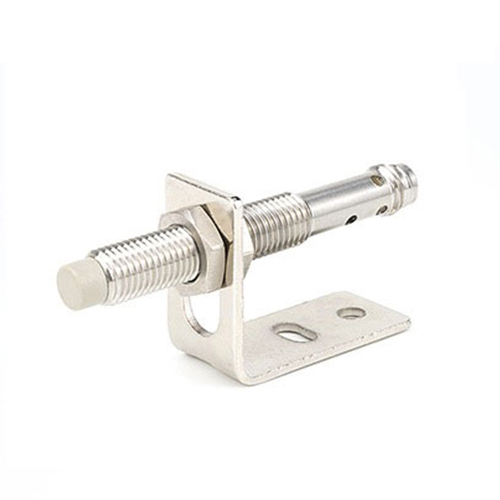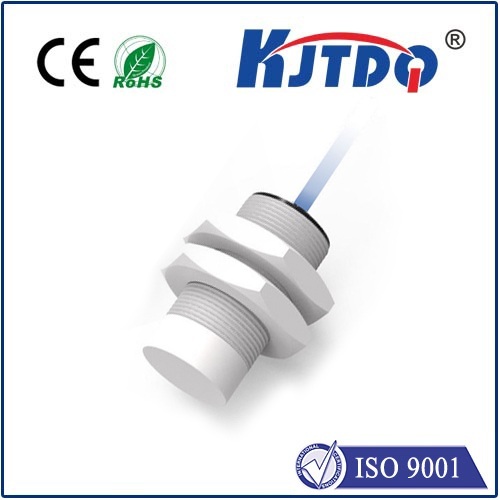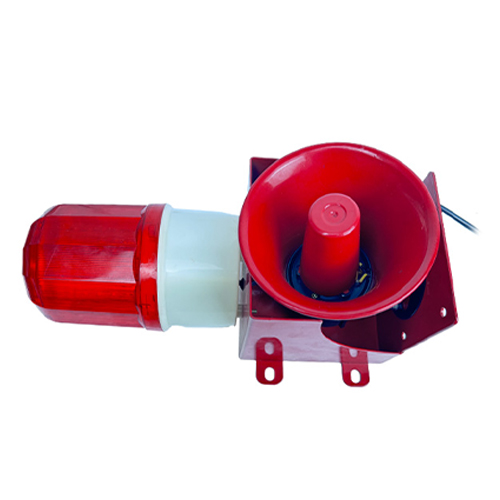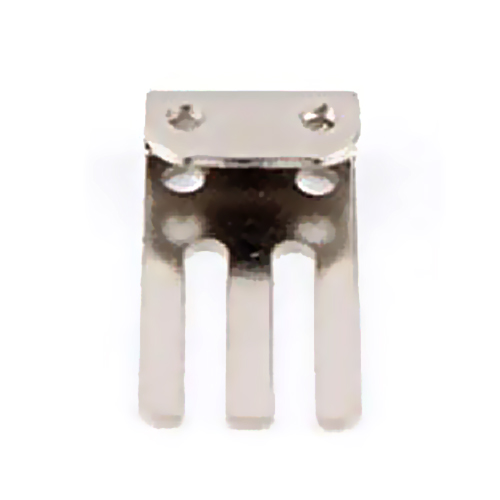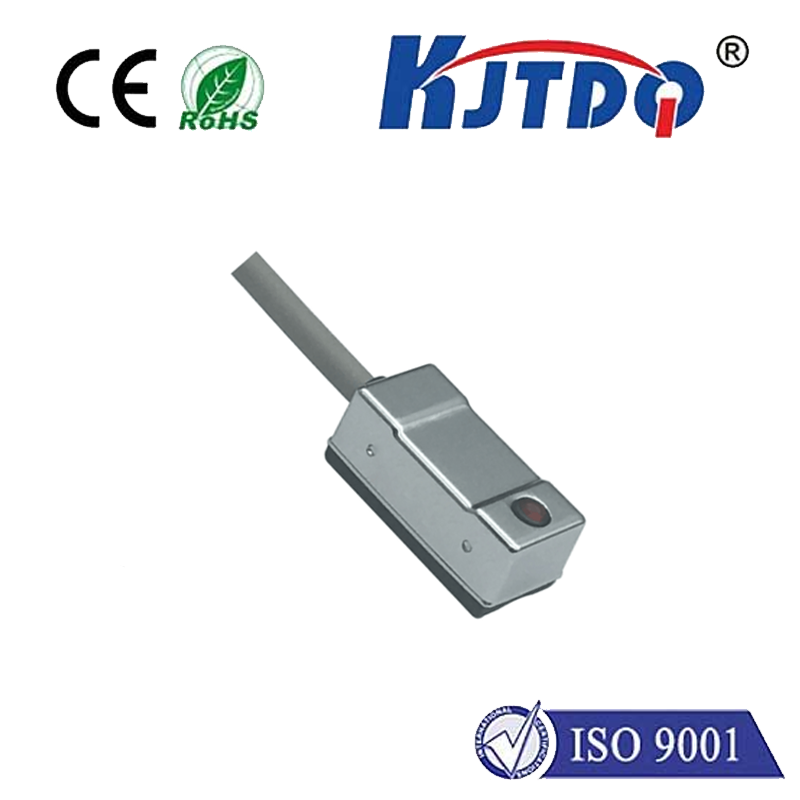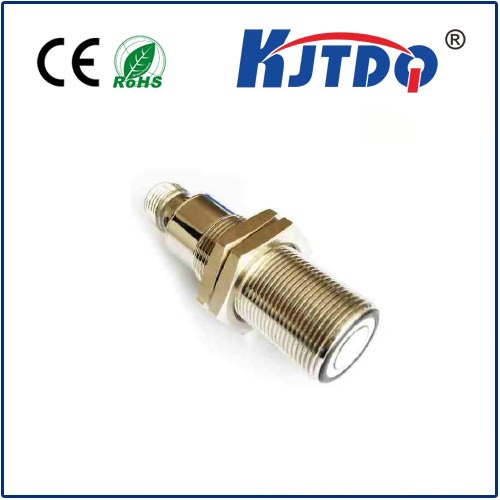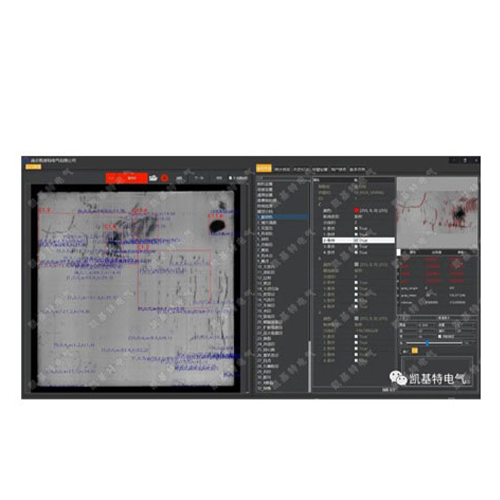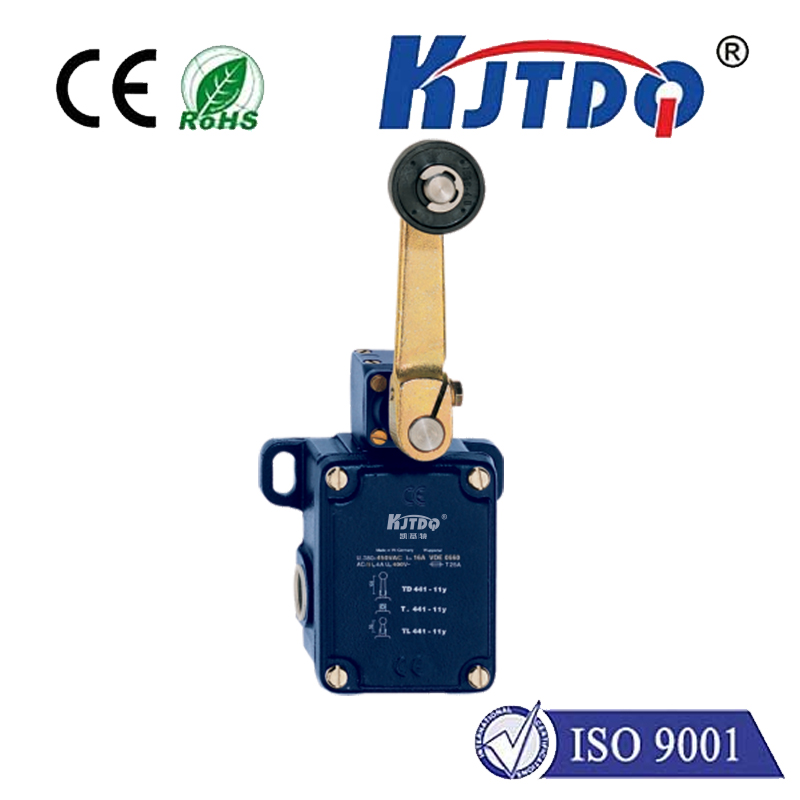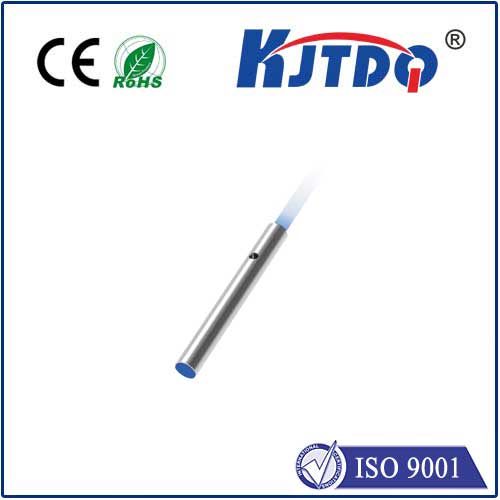waterproof plunger switch
- time:2025-08-01 09:34:13
- Click:0
The Unsung Hero: Why Waterproof Plunger Switches Power Reliability in Demanding Environments
Imagine a critical piece of machinery on a production line. Suddenly, a washdown cycle begins, or a summer storm drenches an outdoor control panel. Without protection, standard switches could short-circuit, fail, or become safety hazards, causing costly downtime and potential damage. This is where the often-overlooked waterproof plunger switch transforms from a simple component into an essential guardian of operational integrity. Designed specifically to shrug off moisture, dust, and demanding industrial realities, these robust switches are the reliable heartbeat in applications where failure is not an option.
Demystifying the Waterproof Plunger Switch
At its core, a plunger switch is a type of limit switch activated by the linear movement of a protruding “plunger.” When an object presses against this plunger, it travels inward, mechanically actuating the internal electrical contacts to either open or close a circuit. Think of it like a push-button designed for precise mechanical engagement.
The “waterproof” aspect elevates this basic functionality significantly. It’s achieved through meticulous engineering focused on sealing:
- Robust Housing: Constructed from durable, corrosion-resistant materials like thermoplastics (PBT, Nylon) or stainless steel, the enclosure forms the first barrier.
- Precision Seals: Critical sealing points—where the plunger enters the housing and at cable entry points (glands)—utilize high-quality elastomers like nitrile rubber (NBR) or silicone. These seals prevent water, dust, oils, and chemicals from penetrating the sensitive internal components.
- Hermetic Sealing (for highest ratings): Some premium waterproof plunger switches feature fully hermetic seals, often using glass-to-metal or ceramic-to-metal seals, offering exceptional protection against even high-pressure water jets and corrosive vapors.
The Engineered Anatomy of Resilience

Understanding the key components highlights why these switches excel in harsh conditions:
- Actuator: The plunger itself. Often made of stainless steel for strength and corrosion resistance, it’s designed for smooth, reliable operation and long life. Different head shapes (flat, roller) cater to specific engagement needs.
- Sealed Mechanism: Inside the housing, the mechanism translating plunger movement into electrical switching action is isolated. Precision-machined parts and lubricants designed for harsh environments ensure smooth operation even after exposure.
- Electrical Contacts: High-quality contacts handle the required current (AC or DC). Materials like silver alloy offer low resistance and good durability against arcing.
- Terminal Connections: Options include pre-wired cables with sealed cable glands or screw terminals within a sealed compartment. Quick-disconnect (QD) options are popular for easy maintenance.
- Mounting: Standardized mounting allows easy integration into panels, brackets, or machinery frames.
Ingress Protection (IP): The Benchmark of Waterproofing
The effectiveness of a waterproof plunger switch is quantified by its IP (Ingress Protection) Rating. This international standard classifies the level of sealing effectiveness against solids (first digit) and liquids (second digit). For true waterproof performance, focus on the second digit:
- IP65: Dust-tight and protected against low-pressure water jets from any direction. Suitable for most washdowns and outdoor weather.
- IP67: Dust-tight and protected against temporary immersion in water (typically up to 1m depth for 30 minutes). Ideal for submersion risks or high-pressure cleaning.
- IP68: Dust-tight and protected against continuous immersion in water under conditions specified by the manufacturer (e.g., depth and duration). For permanent submersion applications.
- IP69K: Dust-tight and protected against close-range, high-pressure, high-temperature water jets. The gold standard for demanding food processing, chemical, or vehicle cleaning environments.
Selecting a switch with the appropriate IP rating for the specific environmental hazards is absolutely crucial for guaranteed long-term reliability.
Where Waterproof Plunger Switches Shine: Key Applications
Their combination of robust mechanical actuation and environmental sealing makes waterproof plunger switches indispensable across numerous sectors:
- Food & Beverage Processing: Harsh washdowns with caustic cleaners, steam, and moisture are constant. Stainless steel variants are preferred for sanitation compliance (e.g., USDA, FDA) and resistance to cleaning chemicals. Used for limit sensing on fillers, conveyors, and doors.
- Agriculture & Heavy Machinery: Exposed to dust, dirt, rain, mud, and vibration. Controls on tractors, combines, harvesters, and irrigation systems rely on them for position feedback and safety interlocks.
- Material Handling & Packaging: Manufacturing lines and automated warehouses employ these switches for detecting package presence, pallet positioning, gate/door status, and conveyor end stops, enduring dust and occasional splashes.
- Marine & Offshore: High humidity, salt spray, and constant moisture demand superior corrosion resistance. Used on hatches, lifts, winches, and control panels on boats, ships, and offshore platforms. High IP ratings (IP67+) are mandatory.
- Outdoor Equipment & Infrastructure: Traffic signal controls, utility panels, kiosks, and security gates all benefit from switches that reliably operate through rain, snow, and humidity fluctuations.
- Industrial Automation & Robotics: Within factory environments prone to coolants, cutting fluids, or simply needing regular cleaning, waterproof plunger switches provide reliable position feedback on robotic arms, slides, and automated doors/guards.
- Construction Equipment: Excavators, cranes, and bulldozers utilize these switches in dusty, wet, and vibration-prone conditions for boom angle sensing, safety locks, and operator controls.
The Tangible Benefits: Beyond Just Keeping Dry
Choosing a well-designed waterproof plunger switch delivers significant operational advantages:
- Enhanced Reliability & Uptime: Drastically reduced switch failures due to water or dust ingress mean less unexpected downtime and maintenance headaches. Production lines keep running smoothly.
- Extended Service Life: The sealed construction protects internal mechanisms from contamination and corrosion, leading to a significantly longer lifespan compared to unprotected switches, even in challenging environments.
- Improved Safety: Preventing electrical shorts or malfunctions caused by moisture enhances overall system safety for operators and equipment. This is critical in high-voltage applications or hazardous locations.
- Versatility: Available in various sizes, electrical ratings (voltage/current), actuator styles, and IP ratings to suit a vast array of applications.
- Cost-Effectiveness: While potentially a higher initial investment than standard switches, their longevity and reduced failure rates translate to lower total cost of ownership over time.
Selecting the Right Waterproof Plunger Switch
When specifying one for your application, consider these critical factors:
- Environmental Conditions: What are the primary hazards? Water jets, submersion, dust, chemicals, temperature extremes, UV exposure, vibration? Define the minimum required IP Rating.
- Mechanical Requirements: Required plunger travel (pre-travel, overtravel), operating force, actuator type (e.g., roller plunger for cam followers), expected duty cycle, mounting style.
- Electrical Specifications: Voltage and current (AC/DC), contact configuration (SPDT, DPDT etc.), switching function (NO/NC).
- Material Compatibility: Does the application require stainless steel for corrosion resistance or chemical compatibility? Are specific plastics needed for food safety?
- Approvals: Are industry-specific certifications needed (e.g., UL, CSA, ATEX for hazardous areas, NSF for food contact)?






